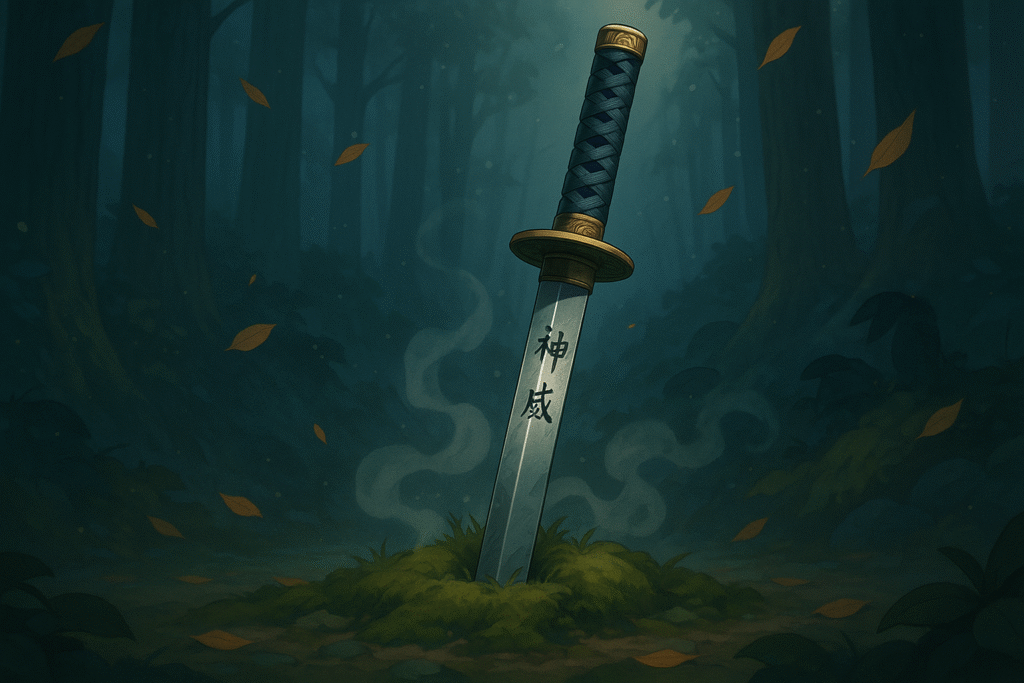Have you ever looked at Japanese text and felt completely overwhelmed? Those unfamiliar characters might seem intimidating at first glance, but learning to read in Japanese is absolutely achievable with the right approach. Whether you’re just starting your Japanese language journey or struggling to make progress with reading, this guide will equip you with practical strategies to help you read in Japanese with growing confidence.
Why Learning to Read in Japanese Seems Challenging (But Isn’t!)
When you first attempt to read in Japanese, you’re facing three different writing systems simultaneously: hiragana, katakana, and kanji. This unique combination can make Japanese text look complex, especially when compared to alphabetic writing systems.
But here’s the good news: breaking down these systems and approaching them methodically makes learning to read in Japanese much more manageable. With consistent practice and the right strategies, you’ll be reading Japanese with increasing fluency before you know it.
The Three Pillars of Japanese Reading
To successfully read in Japanese, you need to understand the three writing systems and how they work together:
1. Hiragana: Your First Step to Reading in Japanese
Hiragana forms the foundation of Japanese reading. This phonetic script consists of 46 basic characters, each representing one syllable. When you learn to read in Japanese, hiragana should be your starting point for several reasons:
- It can express all sounds in the Japanese language
- It’s used for particles, grammatical elements, and many common words
- Children’s books are primarily written in hiragana, making them perfect practice materials
As you begin to read in Japanese texts, you’ll notice hiragana is used for verb endings, adjective conjugations, and grammatical particles that connect parts of sentences.
2. Katakana: Reading Foreign Words in Japanese
Katakana shares the same sounds as hiragana but serves a different purpose. When you read in Japanese, you’ll notice katakana is primarily used for:
- Foreign loanwords (like コンピューター for “computer”)
- Scientific terms
- Emphasis (similar to italics in English)
- Foreign names and places
Visually, katakana characters tend to have more straight lines and angular shapes compared to the curvier hiragana characters. As our article on learning katakana mentions, mastering this script is essential for understanding modern Japanese text, which contains numerous loanwords.
3. Kanji: The Key to Advanced Reading in Japanese
Kanji characters, adapted from Chinese, represent concepts rather than just sounds. While there are thousands of kanji, focusing on the most common 2,000 will cover most everyday reading needs.
When you read in Japanese texts aimed at adults, kanji makes up a significant portion of the content. These characters serve several crucial functions:
- Distinguishing between homonyms (words that sound the same but have different meanings)
- Creating visual breaks between words (since Japanese doesn’t use spaces)
- Condensing meaning into single characters
As we discussed in our guide on the best way to learn kanji, understanding radicals (the building blocks of kanji) can dramatically accelerate your ability to read in Japanese.
Practical Strategies to Improve Your Japanese Reading Skills
Start with Phonetic Reading
When beginning to read in Japanese, focus first on pronouncing what you see. This technique, known as phonetic reading, helps build the connection between characters and sounds:
- Practice reading hiragana and katakana out loud
- Use furigana (small hiragana characters above kanji) as reading aids
- Read along with audio to match sounds to characters
Use Context Clues to Understand Meaning
As you progress in your ability to read in Japanese, you’ll develop skills to infer meaning from context:
- Look for familiar kanji components (radicals) to guess meanings
- Pay attention to particles (は, が, を, に) to understand sentence structure
- Use illustrations or situational context to confirm your understanding
Want to explore Japan’s culture?
Discover Japan’s rich culture, traditions, and hidden gems with our expertly crafted guides. Get insider tips on travel, food, and history. All for free!
Break Down Sentences into Manageable Chunks
When you read in Japanese texts, sentence structure can be challenging. Unlike English, Japanese sentences typically follow a subject-object-verb pattern. Breaking sentences down into bunsetsu (文節) – meaningful phrase chunks – makes comprehension easier.
As explained in our article on Japanese transition words, connecting these chunks smoothly is key to reading fluently.
Integrate Vocabulary and Grammar Learning
The most effective way to improve your ability to read in Japanese is to simultaneously build your vocabulary and grammatical knowledge. When you encounter the 1000 most common Japanese words repeatedly in different contexts, they become automatically recognizable.
Our guide on mastering the 1000 most common Japanese words provides a strategic approach that can dramatically improve your reading comprehension.
Real-Life Applications: Where to Practice Reading in Japanese
Manga and Comics
Manga provides an excellent entry point for those learning to read in Japanese:
- Visual context supports understanding
- Speech bubbles contain conversational Japanese
- Furigana often appears above kanji in manga for younger readers
Reading Tip: Japanese manga reads from right to left, which is the opposite of English comics. Start from what seems like the “back” of the book to you!
Digital Reading Resources
Take advantage of technology to support your journey to read in Japanese:
- Digital dictionaries with kanji lookup features
- Reading apps with integrated translation tools
- Graded readers designed for language learners
Everyday Materials
Immerse yourself in authentic materials to practice reading in Japanese:
- Food packaging and product labels
- Restaurant menus
- Street signs and transportation schedules
Common Questions About Reading in Japanese
How long does it take to learn to read in Japanese?
Learning to read in Japanese is a gradual process. Most learners can master hiragana and katakana within 1-2 months of consistent study. Basic kanji reading skills develop over 6-12 months, while achieving advanced reading fluency typically takes 2-3 years of regular practice.
Should I learn romaji first?
While romaji (Japanese written in Latin letters) might seem helpful initially, it can actually slow down your progress. The sooner you start to read in Japanese using authentic scripts, the faster you’ll develop genuine reading skills.
What’s the best order to learn Japanese writing systems?
The most effective sequence is:
- Hiragana
- Katakana
- Basic kanji (alongside continued vocabulary and grammar learning)
Is it possible to read in Japanese without learning kanji?
Technically, you can read purely hiragana text, but authentic Japanese almost always contains kanji. Without kanji knowledge, reading becomes extremely difficult because hiragana-only text lacks word boundaries and distinction between homonyms.
Ready to Master Japanese Reading?
Learning to read in Japanese opens up a world of opportunities—from enjoying manga and novels in their original form to navigating Japan with confidence. While the journey requires commitment, the cultural understanding and satisfaction you’ll gain make it incredibly rewarding.
Want to accelerate your journey to reading fluency? Check out our comprehensive Japanese learning guides where you’ll find structured lessons on hiragana, katakana, and kanji—everything you need to become confident when you read in Japanese.
Remember, consistency is key. Even just 15 minutes of daily practice will steadily improve your ability to read in Japanese!
Have you tried reading manga or other Japanese materials? What strategies have helped you improve your Japanese reading skills? Share your experiences in the comments below!
Love Japan? Stay in the Loop!
Get the best of Japan straight to your inbox: language, culture & travel insights!




